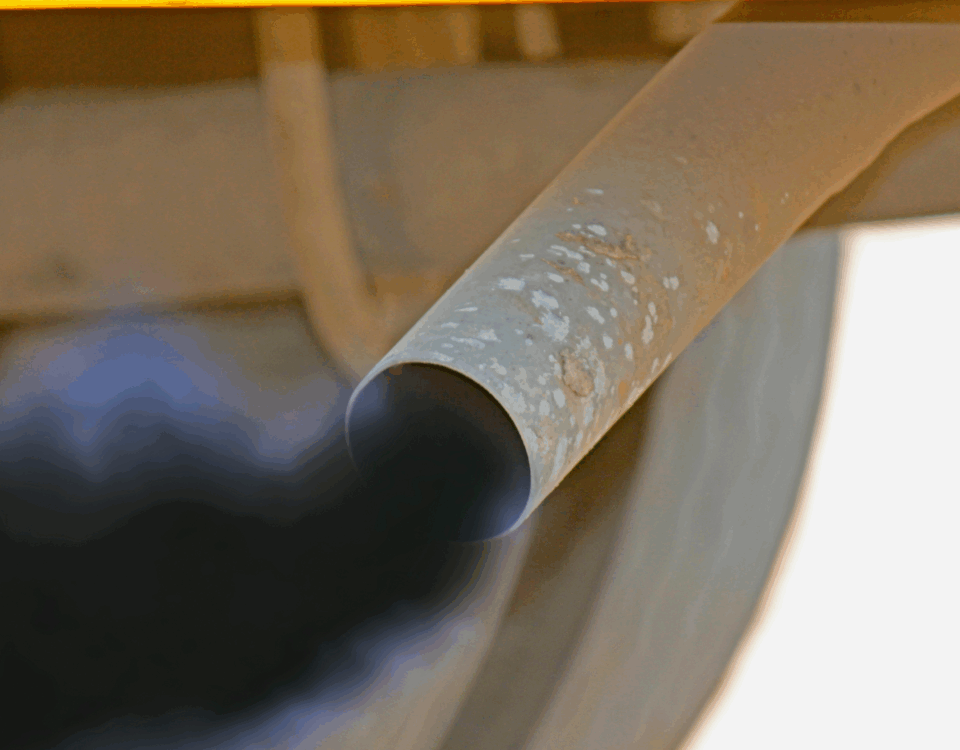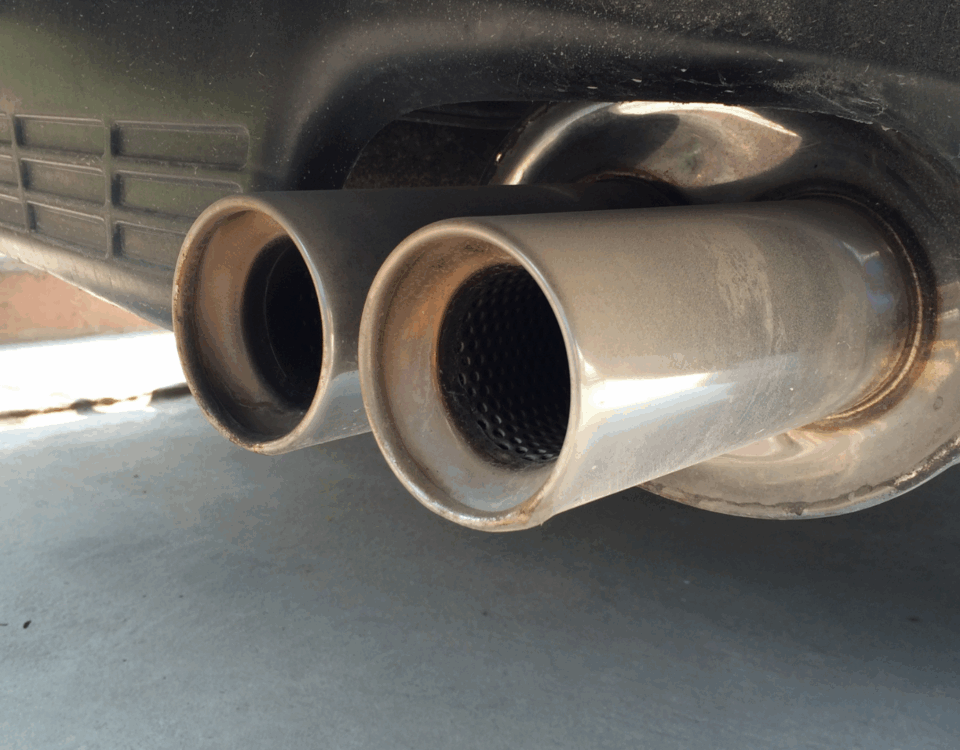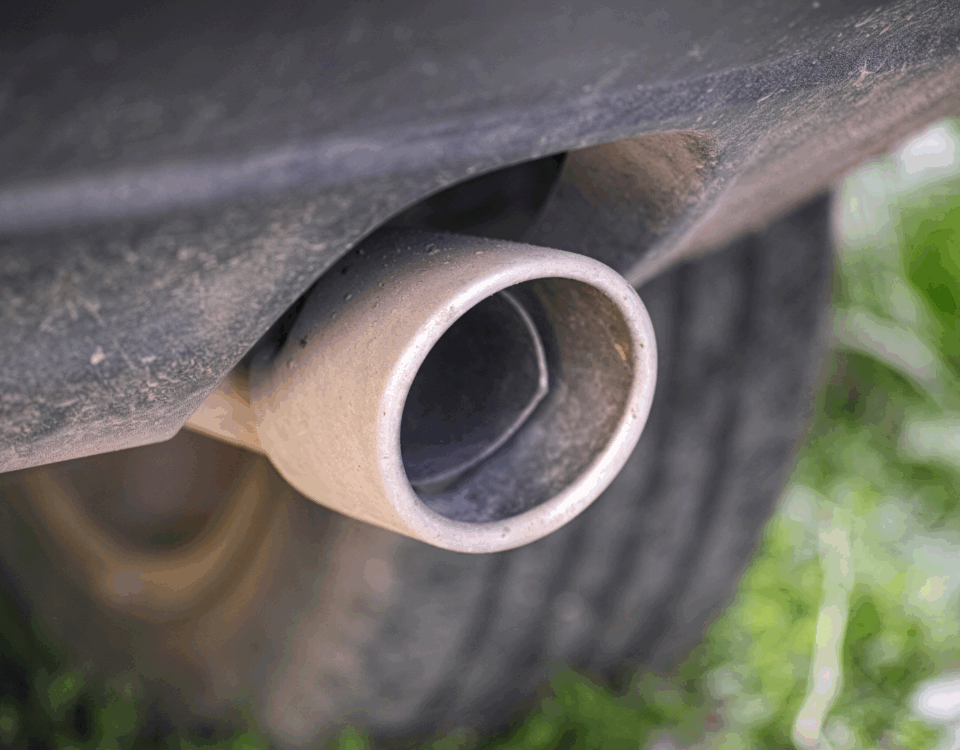A Guide to the Equipment Used at Smog Inspection Stations
November 4, 2024What Equipment is Used at Smog Inspection Stations?
November 4, 2024Smog inspection station play a crucial role in helping reduce air pollution by testing vehicles for emissions compliance. The equipment used at these facilities is designed to accurately measure emissions, ensuring cars meet environmental standards. Here, we’ll explore the key tools and machines used at smog inspection stations, providing insight into how each piece of equipment contributes to keeping our air cleaner and our vehicles running efficiently.
Key Diagnostic Tools in a Smog Inspection Station
One of the most essential tools at a smog inspection station is the on-board diagnostics (OBD-II) scanner. This device reads data from a vehicle’s engine control module, allowing technicians to identify any faults in the emission system. Since 1996, all cars in the U.S. have been required to have OBD-II systems, which makes it easier to diagnose issues related to engine performance and emissions.
The OBD-II scanner provides real-time data on various engine functions, such as fuel injection, ignition timing, and exhaust levels. By using this device, smog technicians can quickly determine if a car is producing excessive emissions. The OBD-II scanner also helps detect issues with components like the catalytic converter and oxygen sensors, both of which are critical in reducing pollution. If any faults are detected, the car may fail the inspection and require repairs before it can be re-tested.
Dynamometer Testing for Accurate Emissions Measurement
For certain types of vehicles, especially older models, smog inspection stations use a device called a dynamometer to simulate real driving conditions. The dynamometer places the car’s wheels on a rotating platform, allowing the vehicle to “drive” in place while technicians assess its emissions output. By simulating a road environment, this device helps measure emissions accurately, especially under conditions that mimic city or highway driving.
Dynamometer testing is particularly important because emissions often vary with speed and load. By replicating various driving conditions, the station can measure pollutants like hydrocarbons, nitrogen oxides, and carbon monoxide at different engine loads. Vehicles that fail this test usually need repairs or adjustments to meet emissions standards. Dynamometer testing may not be necessary for newer vehicles equipped with advanced emission control systems, but it remains essential for a thorough smog inspection on many older cars.
The Role of the Exhaust Gas Analyzer at Smog Inspection Stations
An exhaust gas analyzer is another critical piece of equipment at smog inspection stations. This device measures the concentration of specific gases in a vehicle’s exhaust, including carbon monoxide (CO), hydrocarbons (HC), carbon dioxide (CO2), and oxygen (O2). By analyzing these gases, the exhaust gas analyzer helps technicians assess the efficiency of the vehicle’s combustion process and detect any excessive emissions.
The exhaust gas analyzer works by collecting samples of the exhaust gas and passing them through sensors. These sensors then provide readings of each gas concentration, which helps determine whether the vehicle meets emission standards. If the levels are too high, the vehicle may need maintenance on parts like the catalytic converter or fuel system. The exhaust gas analyzer is particularly valuable for identifying fuel inefficiencies and poor combustion, which can lead to higher emissions and lower fuel economy.
Smoke Meter for Diesel Vehicle Inspections
For diesel vehicles, smog inspection stations use a specialized device called a smoke meter. Diesel engines can produce significant amounts of particulate matter and smoke, contributing to air pollution. The smoke meter measures the opacity, or thickness, of the exhaust smoke emitted from diesel vehicles. High opacity levels indicate that the engine is burning fuel inefficiently, leading to excessive pollution.
The smoke meter is essential for identifying whether diesel vehicles comply with emissions regulations. This device works by placing a light source and detector across the exhaust stream; the amount of light that passes through the smoke is then measured. If the smoke is too dense, the vehicle may fail inspection and require repairs to improve fuel combustion and lower emissions. In many states, diesel vehicles are required to undergo this additional test due to their higher potential for pollution, making the smoke meter a key component in smog inspections.
By understanding the equipment used at smog inspection station, vehicle owners can better appreciate the rigorous standards in place to ensure their vehicles run cleanly and efficiently. With tools like OBD-II scanners, dynamometers, exhaust gas analyzers, and smoke meters, smog stations can accurately assess emissions, helping keep our air cleaner and our communities healthier.
Read More:





